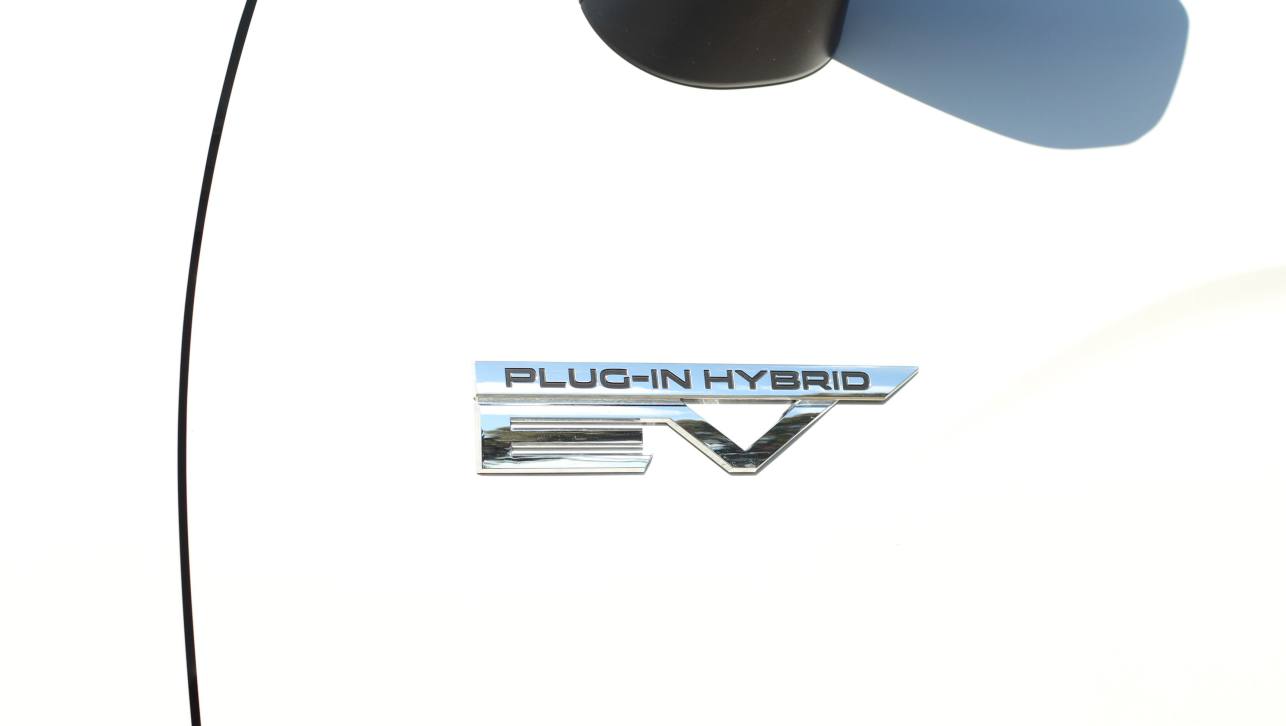A report from the European Union’s First Commission has confirmed what most car owners who have ever kept track of their fuel use suspected: cars are using more fuel and producing greater emissions than their official WLTP ratings.
But one group of cars has been found to have particularly egregious real-world figures when compared to the claimed numbers: plug-in hybrids were found, on average, to pillute three and a half times more than their claims.
The Commission used a sample size of more than 600,000 cars in the real-world for its testing, and while it says the data collected in 2021 will continue to be updated with new information, the result is “in line with what the Commission had anticipated”.
The data was collected from a number of new cars sold since 2021, which the Commission says must be fitted with devices to record consumption and transmit data for analysis.
“Since January 2021, all new cars and small vans that can run on liquid fuels have to be equipped with approved on-board fuel consumption monitoring (OBFCM) devices before they can be placed on the EU market. These devices record the vehicles’ fuel or energy consumption and the total distance driven.”

The findings suggest that diesel and petrol vehicles return fuel consumption and CO2 emissions figures about 20 per cent higher than claimed by WLTP testing procedures in the real world, but plug-in hybrids’ “CO2 emissions were on average 3.5 times higher than the laboratory values”.
This, the EU Commission says, is because “they are not being charged and driven fully electrically as frequently as assumed”.

To meet their claimed fuel consumption figures, plug-in hybrids rely heavily on being charged almost every day, and on being used primarily for short trips. The WLTP combined route allows vehicles to rely heavily on battery power during testing, and no ‘petrol-only’ figure is released to show fuel use when not assisted by a charged battery.
While the EU Commission has more refining and data collection to undertake before it reports further findings, a recent plug-in hybrid CarsGuide long-term review car returned a fuel consumption figure of 8.47L/100km (over its 1.9L/100km claim) when driven without deliberately charging its battery.

A similar study is under way in Australia, with the Australian Automobile Association (AAA) finding discrepancies between ADR ratings and real-world results in a smaller but more specific sample size.



.jpg)

.jpg)

.jpg)
.jpg)

.jpg)
.jpg)

.jpg)

.jpg)




Comments